|
4/9/2019 So You Wanna Be in Pictures?Once upon a time I wanted to be an actor. My first foray into that world was going for a Labatt’s Beer commerical audition way back in the late 80s. As beginner’s luck would have it, I landed the commercial alongside a then unknown Pamela Anderson. (For reals!) I did a few more commercials and then took a break, focusing on university. Once I became a news reporter and anchor, I got a bunch of small parts on locally shot TV shows, playing news reporters and anchors. Apparently, I was believable in the part. When The Shopping Bags and Anna and Kristina’s Grocery Bag took off, I didn’t have time to go to auditions, I had my own TV productions to worry about. Now that I’m doing less TV work, and I’ve come full circle, going to auditions for commercials. I miss it. Or maybe I’m just a glutton for punishment. I’ve had quite a few people ask me about how that whole world works, so thought I’d share a bit about the commercial auditioning process. Step one, get an agent. Which arguably, can be the hardest part of the process. I’m not going to go into getting an agent here, because there are lots of good articles written about that. I lucked out in that I met my current agent, Pamela Wise from Premiere Talent, at an event and she agreed to take me on. (Thanks Pamela!) Of course, there are exceptions to the “get an agent” rule. I was asked to audition for the Labatt’s commercial after being scouted at the UBC campus. Today, there are often casting notices posted on social media, especially if they’re looking for something in particular. So what are commercial agents looking for? While we may fight against stereotypes in the real world, in the commercial world, it’s kind of all about stereotypes. Do you look like a mom? A yogi? A rich housewife? A soccer champ? Of course, you can look like all of the above, depending on what you wear. So the more "versatile" you are, the better. Step two, get some photos. Also known as head shots. In the past, you’d go for a photo shoot and get a couple of great close-up, showing various looks. Today, they want to see more photos than that. Actors are asked to sign up for Casting Workbook, an online casting portfolio, where you list your information, resume, and special skills. You can also post a number of photos, which don’t all have to be professionally taken. Step three, the agent submits you for a commercial. When a production company is looking to cast a commercial, they go to a casting agency, which puts out an alert to all the talent agencies. The casting agent will be looking for someone like this: WIFE: Mid 30's-Mid 50's/All ethnicities She's the straight woman to her husband. Calm. Super friendly. Innocent. Nice. She gives people the benefit of the doubt but she's no dummy. The agent then submits all the women on their roster that he or she thinks might be a good fit for the role. The casting agent looks through the submissions and invites the actors they think are most suitable. Sometimes that’s a few dozen people. Sometimes it’s the entire city. An important note, you generally don't know what you're auditioning for. Sometimes they'll ask if you've been in car commercial recently (they don't want the same actor in commercials for competing products) which is clearly a giveaway. Other times the commercial will only be listed as something like, "Project Spring" - in which case you have no idea. Step four, go to the audition. Now the fun part. You arrive at the casting studio (which is usually at about one of three locations in Vancouver), give them your name, and fill out a sheet that has your contact info, your measurements, and your availability. The casting assistant takes your photo. You wait for your name to be called and then you go into the audition. Much of the time you have no idea what they’re going to ask you to do in advance. You don’t know if you’re going in alone, or with other actors. It’s time to think on your feet! Once you enter the room, you're usually greeted by about two people. The casting agent (or an assistant) and a camera person, who records the audition. They ask you to stand on the mark (tape on the floor) and “slate”, which means state your name to the camera. Sometimes they also ask you to list your height, or show your hands. (If there is going to be a hand close-up in the commercial.) Then, the casting agent will explain what they want you to do. Here are some real life examples:
There’s a lot of pretending, miming, emoting, and yes, some acting going on. Once in a while, you may have a line or two. In that case, you usually get the sides (the script) before the audition, or you look them over while you’re waiting. Sometimes, they’ll give you a bit of direction and say, "Please do it again, but this time, make the expression a bit bigger/smaller, or this time, why don’t you try to give a different look." You do it again. The most frustrating, common occurrence is that you only get one chance to do the thing. Trust me, as soon as you leave, you think of 1000s of ways you could have done it better. And most likely, you will be preforming all those better ways in your head (or in your mirror) as you sit in your car, about to go home. Step five, you wait. It’s, "Don't call us, we’ll call you" time. Don’t bug your agent. They’ll let you know if you get a callback. If you don’t hear back, you didn’t get it. Step six, the callback. Much as it sounds, you get called back. You made the shortlist, yay! But don’t get too excited. I’ve made the shortlist dozens of times and still don't get the job. At the callback, there are usually more people in the audition room. Now you have the camera operator, the casting agent, the director, people from the ad agency, and sometimes the client too. They sit at the back and stare at you. Other times, they’re tired of staring at actors so they look at their phones instead. Pay no heed. You do the thing again. It’s usually the same thing you did in the first audition. But sometimes it’s something completely different. So don’t get too comfortable in your previous performance. One thing to remember, always wear the same thing to the callback as you wore in the first audition. That makes actors easier to remember. Step seven, you wait. Once again, if you get it, they’ll let you know. Sometimes you get put on “hold.” That means they don’t want you to take another job, but they aren’t 100% ready to commit to you either. (It can depend on a lot of things, like whether you’ll look good with other people in the commercial, etc.) I have been put on hold, for days, and still haven’t gotten the commercial. Above photo: That time they asked me to dye my hair blonde for a commercial and then I didn't even make the final cut. I’m not going to go into how to land a commercial because frankly, I haven’t gotten enough jobs to declare myself an expert. But a few tips:
Step eight. Be available. One really important note about all of this: Auditioning is a very last minute thing. You usually get notice of an audition the day before. So it can be pretty tough to pull off with a regular 9 to 5 job. Something to consider before you embark on this journey. One final word about how much you get paid. As a non-union actor, you usually make about $500 per shoot day. Then they pay you on top of that for the right to air the commercial. How much really depends on the company, the distribution of the commercial (Canada, North America, the world?) and whether it’s a union production or not. It can be anywhere from $1000 to many thousands. And before you embark on a shopping spree, keep in mind that sometimes you don’t even make the final cut, which means you only get paid for days you were on set. (The most sucky scenario.) So why do this at all? It’s fun, it’s exciting, it gets the adrenalin pumping, and yeah, once in a while, you land a job that makes it all worth it. Most of the photos I've posted here are from a series of commercials I shot for Coast Appliances. I am now their spokesperson, which has been a really great gig! For a lot more info on the auditioning process, check out my agent Pamela's post here. 2/25/2023 05:32:26 am
I wanted to express my gratitude for your insightful and engaging article. Your writing is clear and easy to follow, and I appreciated the way you presented your ideas in a thoughtful and organized manner. Your analysis was both thought-provoking and well-researched, and I enjoyed the real-life examples you used to illustrate your points. Your article has provided me with a fresh perspective on the subject matter and has inspired me to think more deeply about this topic. Comments are closed.
|
Proudly powered by Weebly
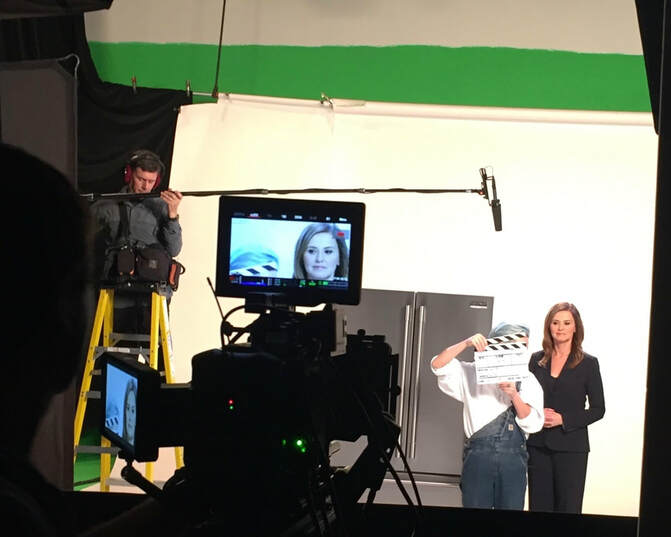
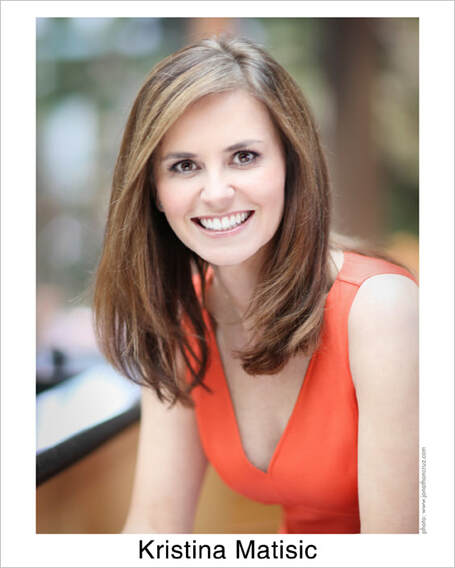
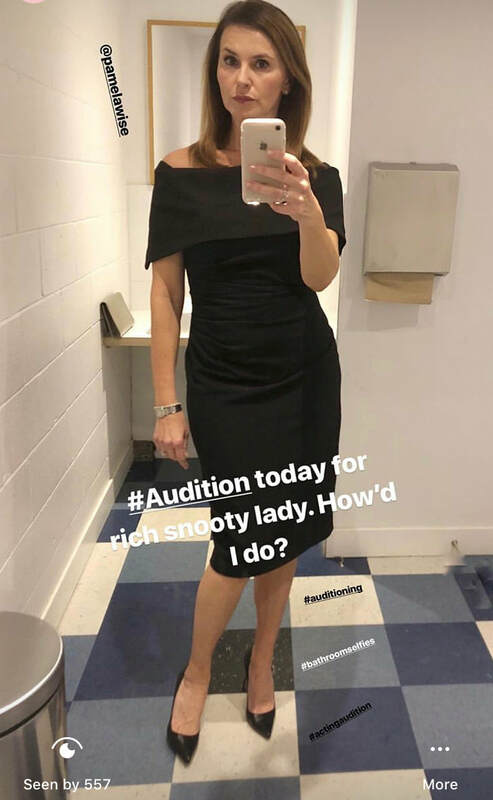
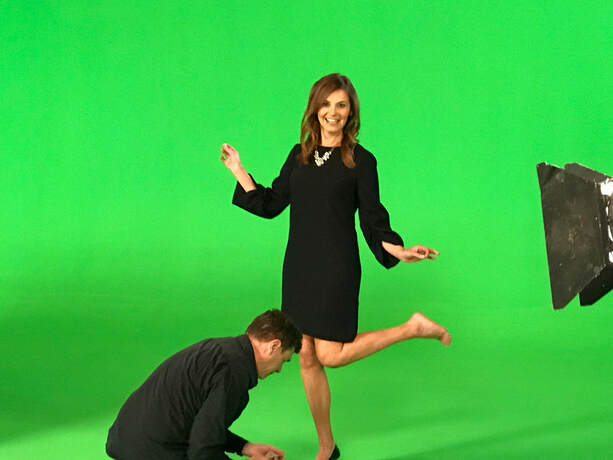
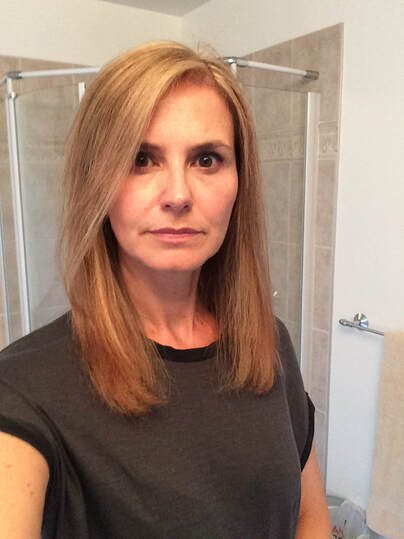
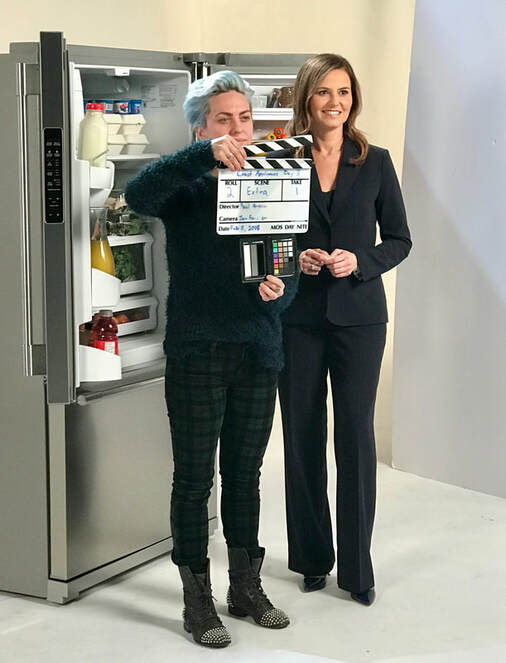
 RSS Feed
RSS Feed